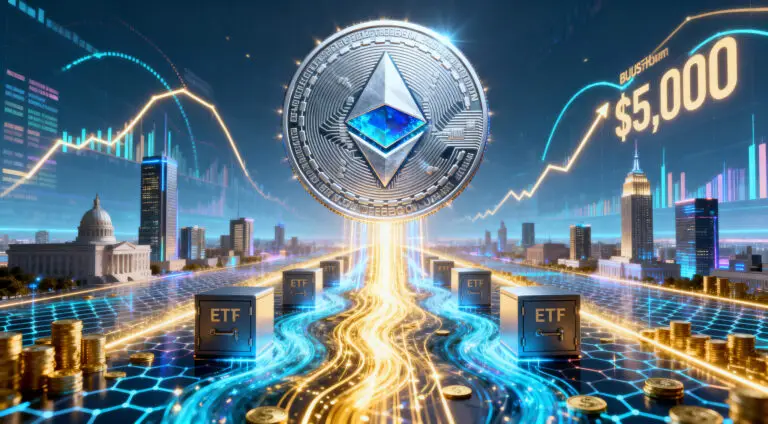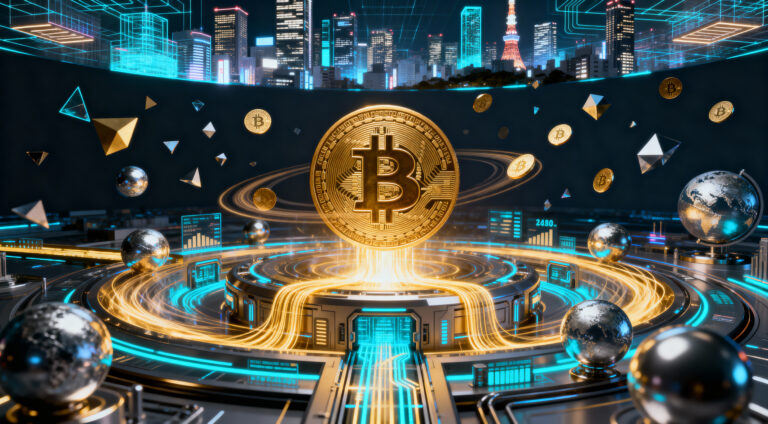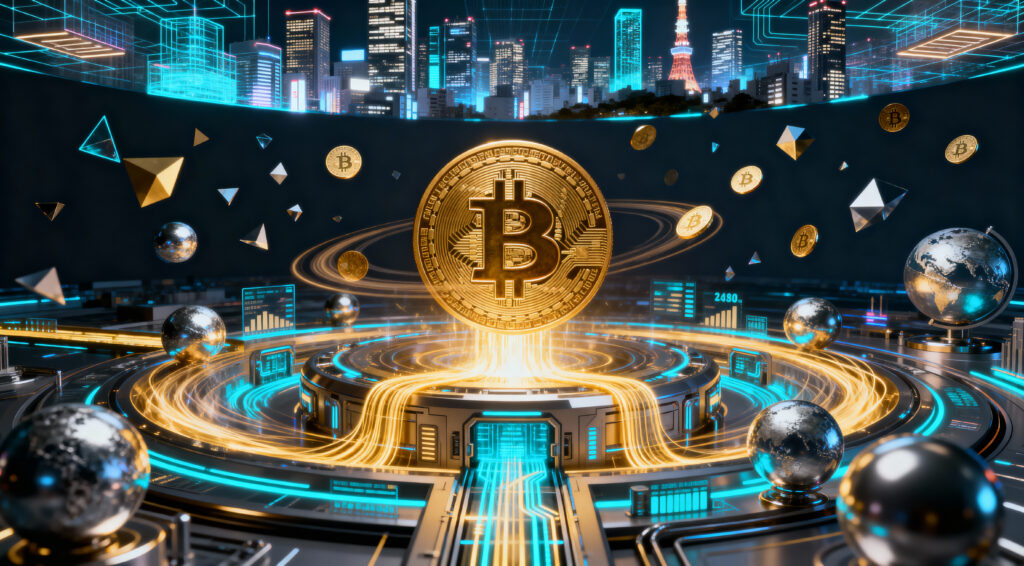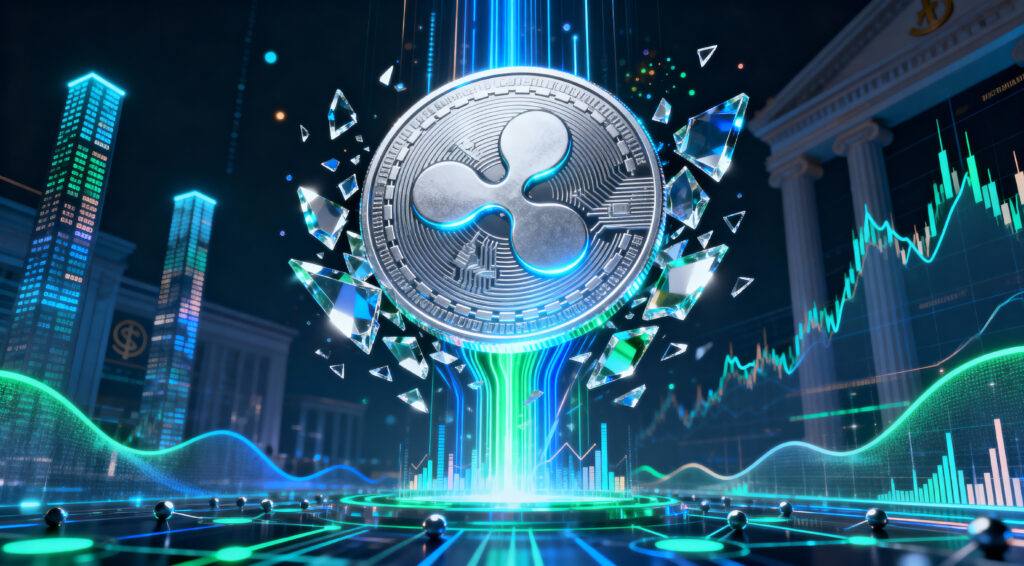Miyazaki’s Controversy on AI Art Shouts in the Era of Ghibli AI Art
A vivid intersection between traditional art and new technological frontiers is emerging. With the rise of AI-generated illustrations of Studio Ghibli’s fantastical setting, a video clip of the studio’s co-founder, Hayao Miyazaki, surfaced where he condemned animation done by AI. This scenario brings in the argument of what AI is able to offer and what animates Miyazaki’s fierce energy toward the ongoing discourse on AI technologies attempts to replicate human essence in art and animation.
Ghibli Multiplying Over Social Media Trends
With new updates to ChatGPT made by OpenAI, especially its functions to create images, the users have gone on a creativity spree. People have taken up the challenge of AI to recreate themselves and familiar places in the animation style of Studio Ghibli, the famous Japanese anime film studio known for its Ghibli films like Spirited Away and My Neighbor Totoro. These images are not only captivating in their beautiful portrayals but also nostalgic, which have gained AI artwork immense popularity.
Miyazaki’s AI Opposition Resurfaced Rant: A Deep-Rooted Hate Against Object Recognition Technology
During the Ghibli-AI frenzy, a clip went viral showing Hayao Miyazaki’s strong disapproval towards AI-generated animation and it stayed true to its purpose. The clip goes against the appreciation and excitement for AI animation and showcases the views of some artists towards the extreme nature of the technology. In the video, Miyazaki passionately states that AI animation is an ‘insult to life itself,’ clearly demonstrating that he thinks AI has no ability to understand human emotion, which intellect needs in order to create art.
AI Animation in Its Infancy: A Terrible Example
This video shows a group of animators and designers presenting AI-generated animation to Ghibli producer Toshio Suzuki and Miyazaki. One of the presenters explained that AI creates movements that humans would be incapable of imagining, presumably for horror or video games. While presenting, one of the speakers claimed, “It looks like it’s dancing. It is moving by using its head… and doesn’t feel any pain… This movement is so creepy and could be applied to a zombie video game. Artificial intelligence could exhibit to us grotesque movements that we humans can’t imagine…”
Miyazaki’s Emotional Recall: Empathy and Artistic Principles
Miyazaki’s reaction to the demonstration was one of clear disgust. He recalled a personal experience where a friend grappling with some disability encountered troubling body movement challenges. To him, their body movements reminded him of the most spine-chilling mask, which is something he would like to steer clear of. “I can’t watch this stuff and find [it] interesting,” he said.
Whoever came up with these strange concepts and the technologies involved clearly does not understand the meaning of pain and is incapable of understanding true creativity. I am profoundly bowled over. If you want to create something unsettling that’ll make people uncomfortable, feel free to do so. In no way would I wish to implement any of this technology into my work,” declared Miyazaki. His overwhelming words concluded in the statement, “I strongly feel that this is a total affront to existence.”
The Pursuit of Human-Like Creation: AI’s Artistic Ambitions
While the AI designer was providing a relatively clear explanation regarding his embryonic human-like drawing project, another designer clarified that the purpose was only for internal use and exploration. It was clear these sorts of limits were self-imposed. Suzuki’s further questioning regarding the intention behind the drawing program led to more sophisticated answers: a drawing robot made in the image of humans.
The Latest Surge in AI Art: Differing From AI Discourse by Miyazaki
With the recent hype over AI art, Miyazaki’s harsh disapproval has resurfaced and gained attention. The internet is in a frenzy over OpenAI’s latest model, GPT-4o, which includes an image generator. Users are creating lifelike Ghibli-inspired AI art, which suggests that AI could fundamentally change the way art is created. The momentum reached a peak where even OpenAI CEO Sam Altman has adopted the trend, changing his profile picture to a Ghibli-style portrait created by AI.
Art Controversy: Technology and a Creative Mind
To consider the widespread use of AI art alongside Miyazaki’s rejection of AI-generated animation suggests that we analyze debates concerning art technology and humanity. There is no doubt that AI is capable of generating impressively beautiful images; however, there is always a lingering doubt as to whether these images capture deeply human emotions, experiences, and creativity, which are often regarded as integral components of true art. It seems that the question of the future of art through the lens of AI technology will encompass the struggles amidst innovation and human artistry for a while.















